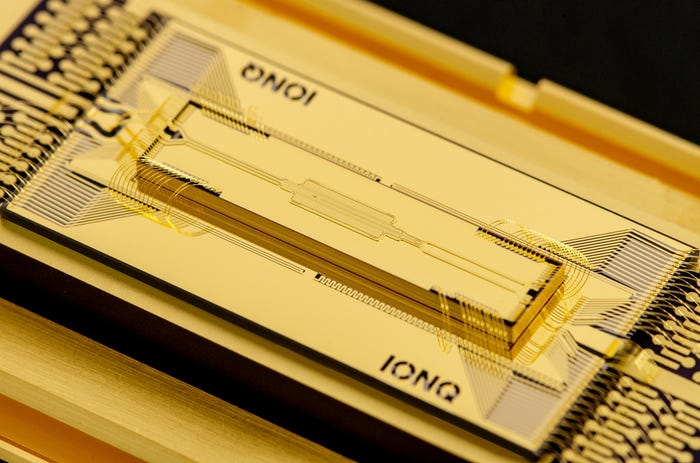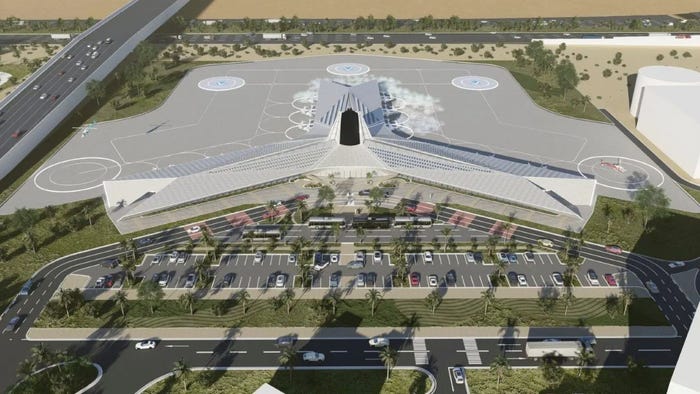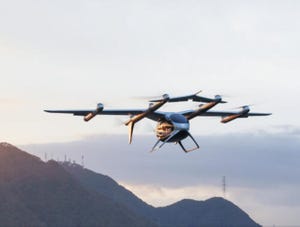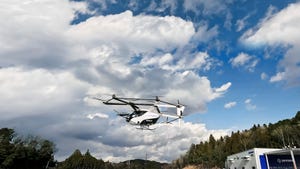Italy’s Self-Driving Supercar Showcased at CES 2025Italy’s Self-Driving Supercar Showcased at CES 2025
Maserati’s 177 MPH MC20 Coupé was the safety car at the 2025 CES Autonomous Challenge

One of the more exotic automotive brands displaying its autonomous driving expertise at CES was Maserati, which showed off two unique versions of its MC20 supercar.
At the Las Vegas Speedway, its MC20 Coupé served as the safety car for the 2025 CES Autonomous Challenge, fresh from the glory of a record-breaking run in November where its high-speed exploits saw it make history.
And at the show itself, an MC20 Cielo – a convertible version – was unveiled for the first time sporting the same AI robo-driving tech as its Coupé counterpart.
Both cars are the result of the Artificial Intelligence Driving Autonomous (AIDA) project, which has been developed by researchers at the Politecnico di Milano (Milan Polytechnic). The team there previously made history by developing an MC20 which became the first ever autonomous car to participate in Italy’s classic Mille Miglia race.
The Coupé broke new ground in November when it reached a record speed of 177 mph in heavy fog on the runway of Piacenza-San Damiano Air Base, south-east of Milan in the north of Italy. No human was on board, and according to Maserati: “This milestone marked the fastest speed ever achieved by an AI-driven production car without human intervention.”
The AIDA program which enabled the Milan Polytechnic team to deliver the landmark speed is split into four modules. The first focuses on perception, making use of machine learning processes and the training of neural networks to safely make sense of the surrounding environment from the data collected by the car’s cameras, Lidar and radar sensors.
It is complemented by geo-localization tech that uses data from GNSS sensors to place the car in a specific position within a defined map. The third and fourth modules are described as “planning” and “control” – essentially technology that allows the car to follow a trajectory and make its own decisions.
This is, of course, similar to the tech being used across the world by automakers and developers to create many of the AVs we are already familiar with – but a key difference is the fact that the Maserati can drive without human input at nearly 180 mph.
According to Sergio Matteo Savaresi, leader of the project and director of the department of electronics, computer science and bioengineering at Milan Polytechnic, the point of the record-breaking self-driving car is to “test the robustness of our algorithms at high speeds.”
He explained: “The faster you go, the more efficient the algorithm needs to be and it must never make mistakes. Therefore it is important to test its performance under extreme conditions such as at high speeds.”
The MC20 did not threaten to break its own record at Vegas, but Savaresi said: “It’s a great achievement.”
Read more about:
CES 2025About the Author
You May Also Like






